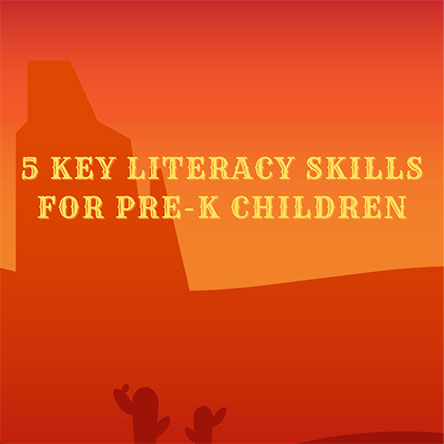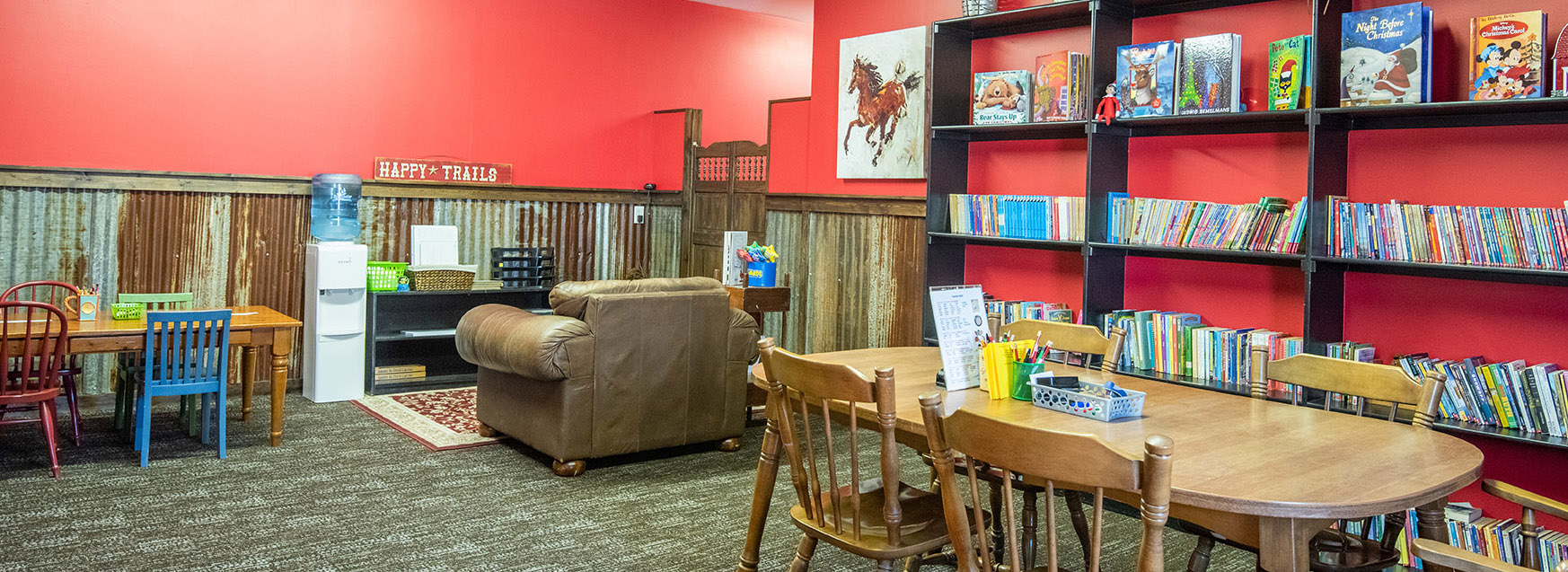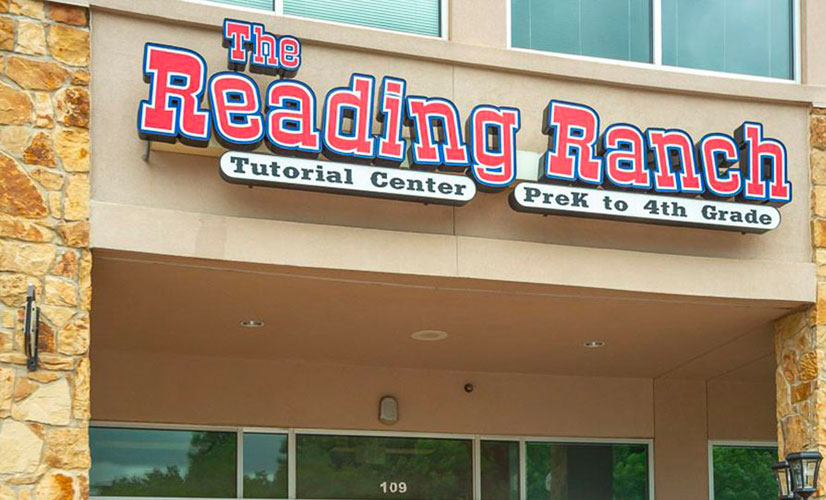Five Key Literacy Skills for PreK Children

Some parents may wonder what they can do to help their children prepare for kindergarten and develop strong literacy skills.
Here are five critical skills that PreK children should be working on:
- Phonological Awareness
- Print Awareness
- Letter Recognition
- Oral Language
- Writing
These five critical skills are easy for parents to develop in their children with some effort and consistency.

Phonological Awareness
Phonological awareness is hearing and manipulating the individual sounds that makeup words. This skill is essential for learning to read and spell. It can be developed by teaching children how to break down words into their sounds and providing lots of practice listening to and manipulating them.
One way to help develop phonological awareness in your child is to provide word games and activities that focus on sound recognition. For example, you can play rhyming games like “I-spy” or “What’s That Word?” You can also have your child clap or snap with a beat as they say different words aloud.
Letter Recognition
 Letter recognition is the ability to identify letters of the alphabet and to understand that each letter has a specific sound. This is a critical skill for beginning readers as it helps them to sound out words. Letter recognition can be developed through activities such as singing the alphabet song and playing games that involve matching letters. Be sure also to introduce and work on the concept of capital letters.
Letter recognition is the ability to identify letters of the alphabet and to understand that each letter has a specific sound. This is a critical skill for beginning readers as it helps them to sound out words. Letter recognition can be developed through activities such as singing the alphabet song and playing games that involve matching letters. Be sure also to introduce and work on the concept of capital letters.
To help your child learn letter recognition, you can provide many activities focusing on identifying letters everywhere they look. For example, you can make a game out of finding all of the letter A’s in a grocery store ad or playing “I-spy” with different types of fonts. You can also have your child trace letters repeatedly or color pictures that feature other notes prominently.
Print Awareness
Print awareness refers to understanding how our language in print carries meaning, that books are comprised of letters and words, as well as pictures. This also entails how we read from left to right and from top to bottom, how the pages are turned in a book, and the cover and the title.
Children are exposed to the wonders of print before they enter school. They see it all around them, on signs and billboards as well in alphabet books or storybooks with pictures illustrating what each letter looks like; there are even labels explaining how magazines work! The magic behind understanding this form doesn’t happen overnight, though- adults have taught their young ones about letters since birth by pointing out different features such as font style (serifs), colors, etc… Still, somehow, these tiny changes became meaningful once combined into one single sentence!.
One way to help your child develop print awareness is by reading books together and pointing out different features of the book, such as the title, author, and illustrator. As you read stories together, stop and point to words on the page as you say them aloud. You can also play games that involve finding words in magazines or newspapers.
Oral Language
Oral language is at the very core of literacy. Pre-K children may not be reading but continually build their language skills and comprehension through listening and communication with their peers and family. Conversations, read-aloud, and any situation where the child is having a dialogue can benefit these skills. Discuss the story you just read to them, and ask them about their day, even the weather!
Here are just a few ideas
- Simple conversations.
- Telling stories.
- Reading books together.
- Singing and playing rhyming games.
- Listening to games like “Simon says” or “I Spy.”
- Imaginary play where your child takes on fictional roles.
- The possibilities are only limited by your creativity!

Writing
In order to be successful in kindergarten and beyond, pre-k children need to develop strong writing skills. This includes letter strokes and knowing the difference between capital letters and small letters.
To a preschooler, writing is all about expression. Preschoolers start “writing” by scribbling and drawing letter-like shapes in an aimless manner with no concern for grammar or punctuation; often, these first letters are done accidentally before being identified by himself/herself (or parent). Kids at this age will form the habit of using language solely because they understand its purpose – there’s nothing more important than expressing oneself! Provide lots of materials: paper pencils, crayons, etc.
One way to help your child learn how to form letters correctly is by providing them with lots of opportunities to trace letters. You can also have them color pictures that feature different letters prominently. Another great way to practice letter formation is by playing games that involve finding specific letters hidden in a sentence or phrase.
The Reading Ranch is here to help!
If you’re looking for more information on how to help your child prepare for kindergarten or want assistance in developing these skills, please call us. We have experienced educators who can help you and your family create a plan that will ensure your child is ready for the challenges of kindergarten and beyond. It’s never too early to start preparing!


